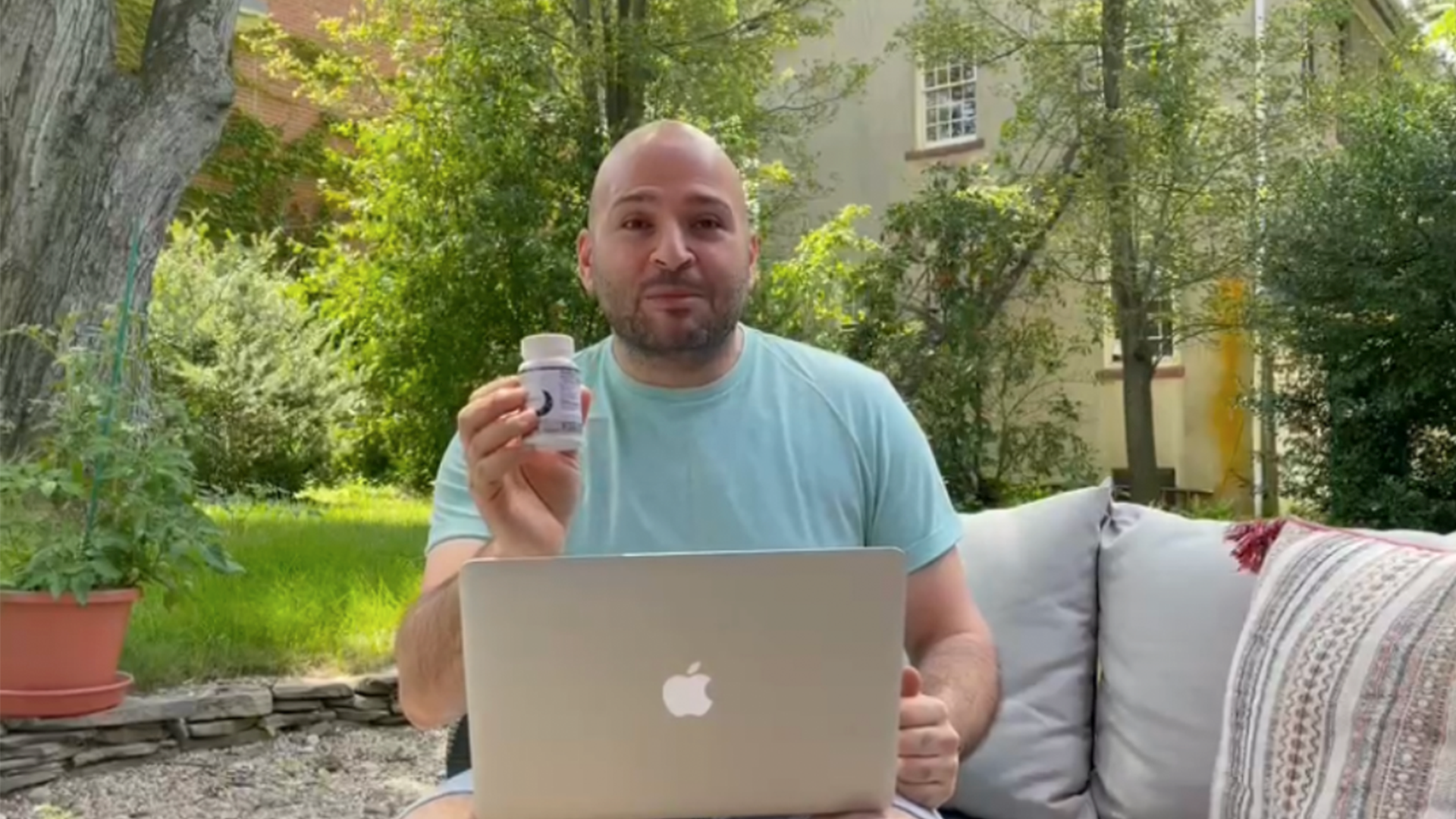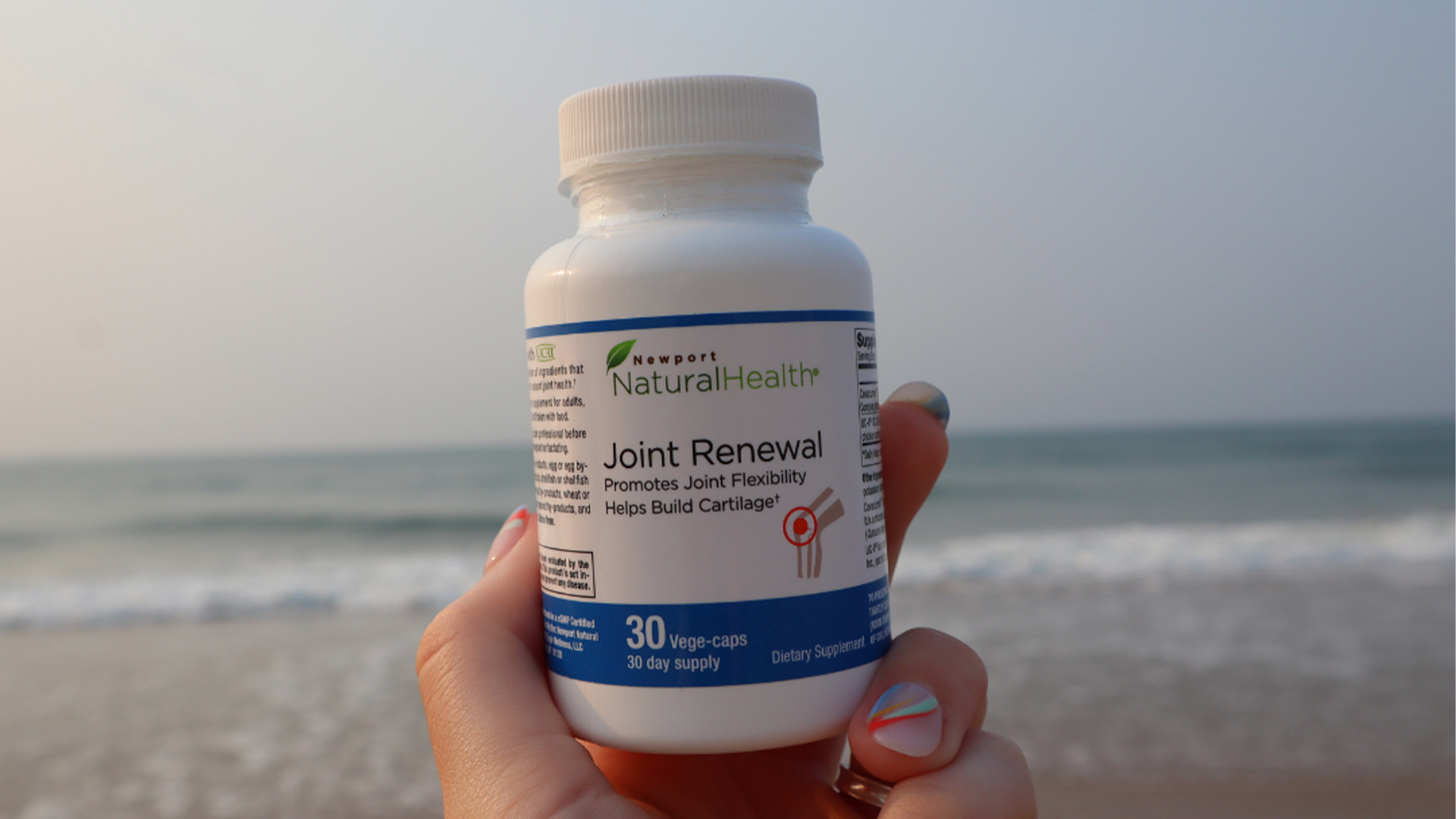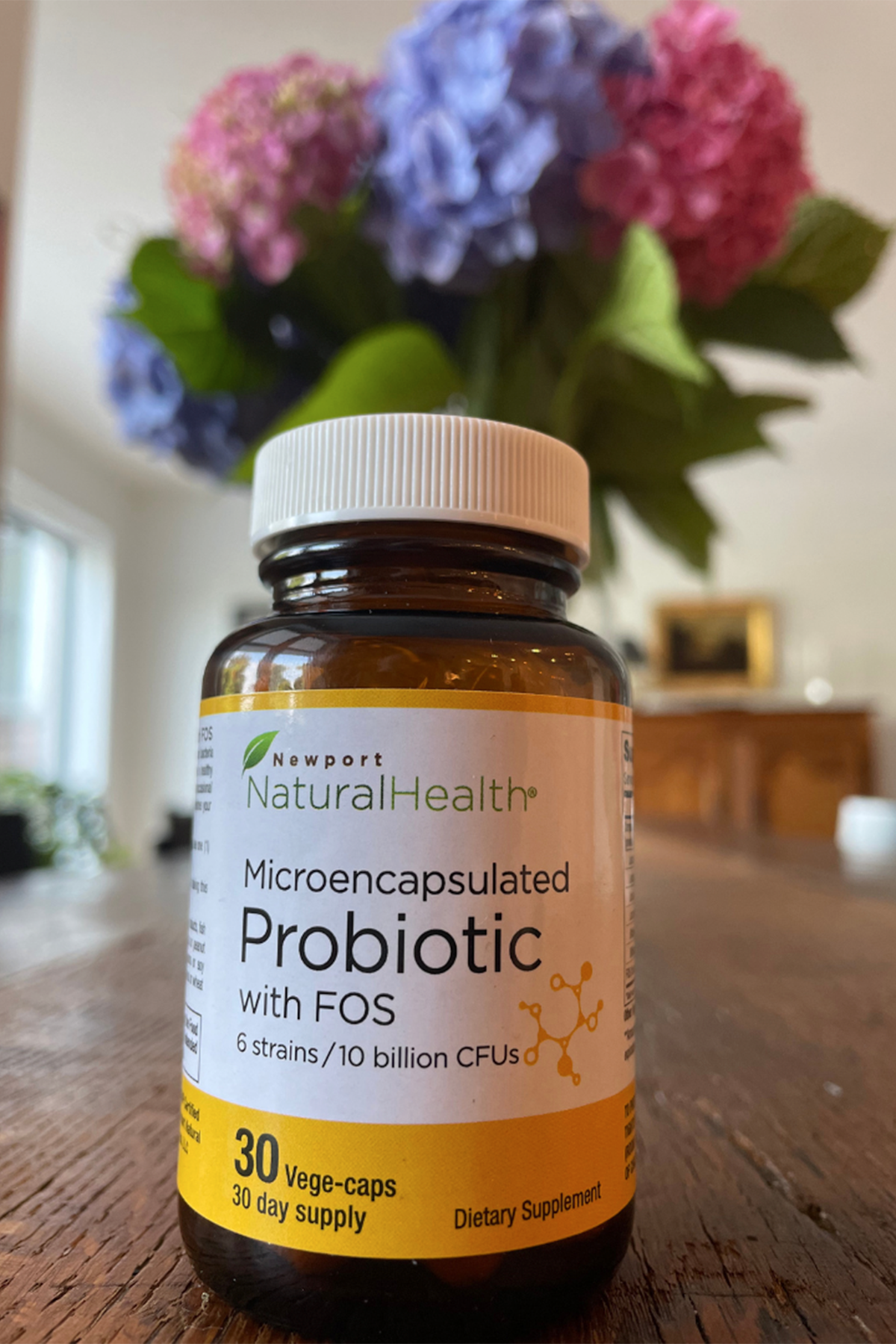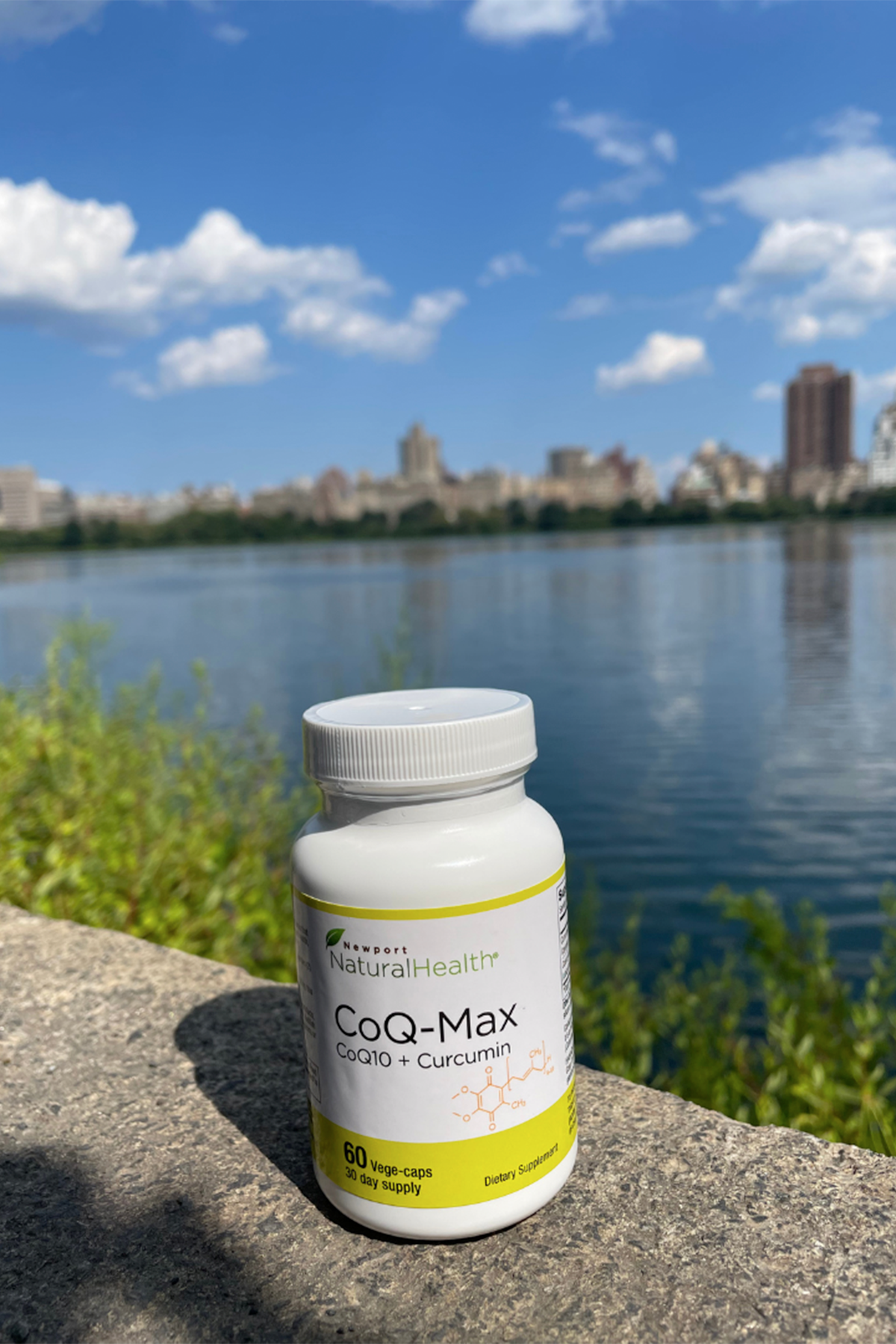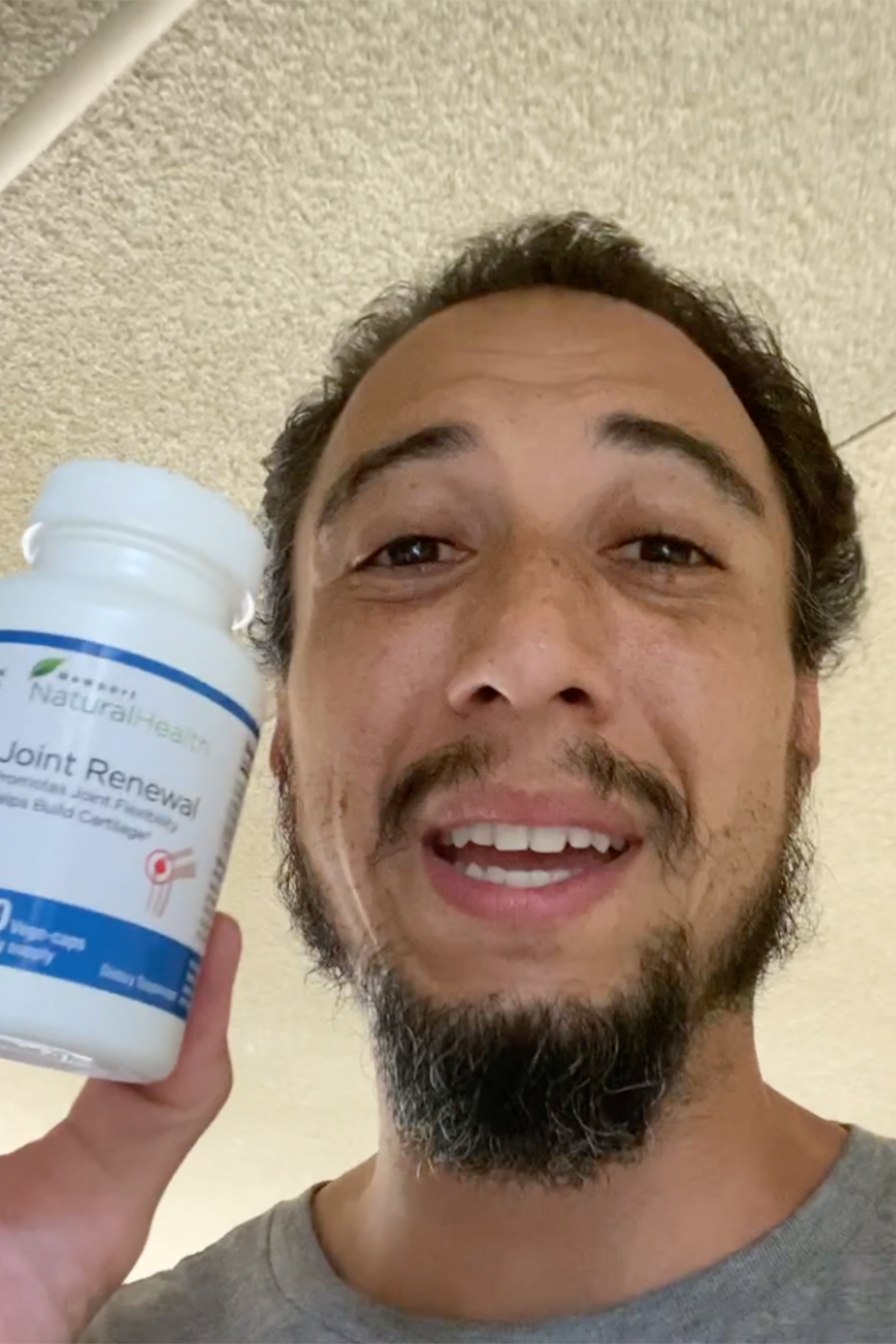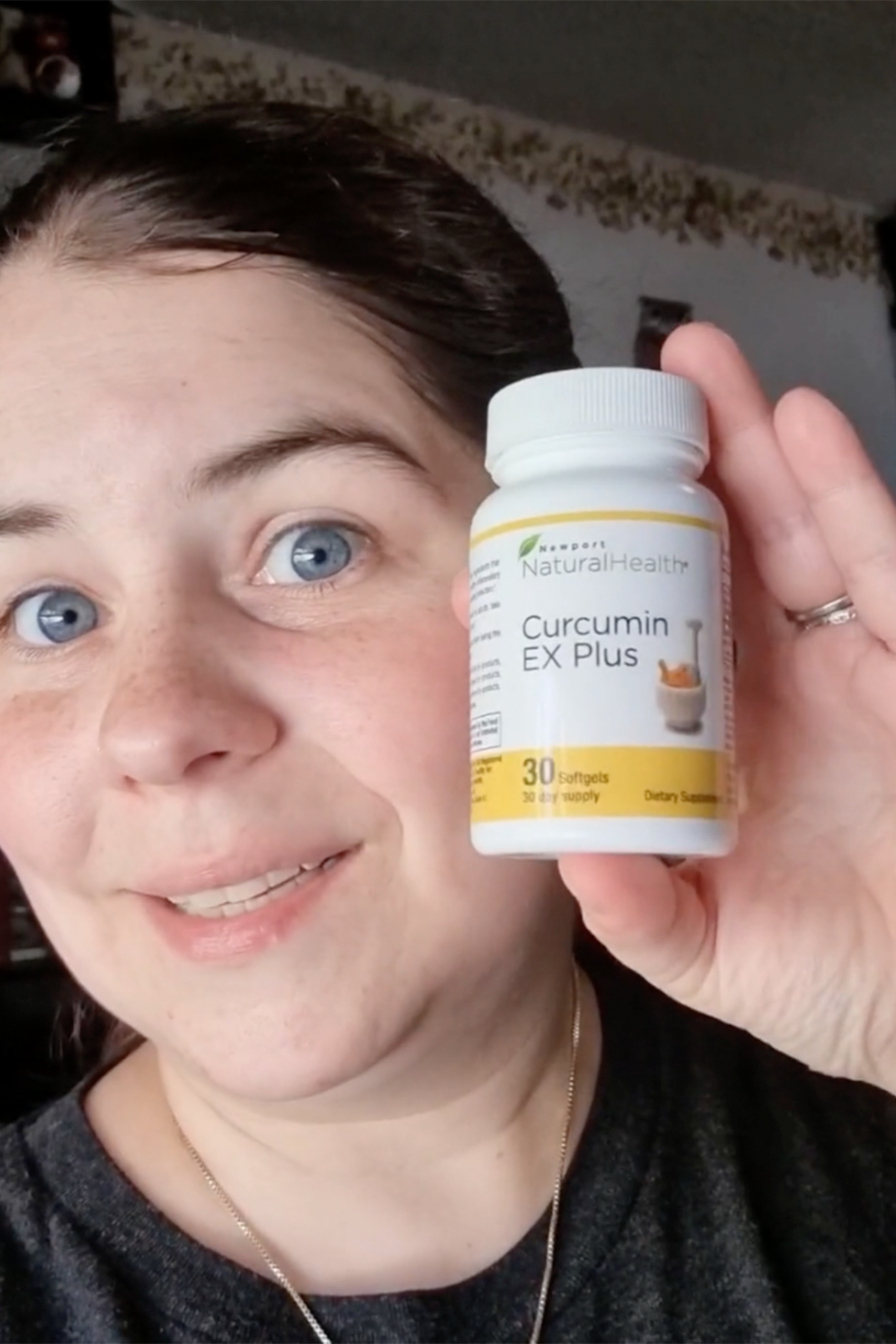Here are three words pretty much guaranteed to scare an adult male: Erectile…dysfunction…incontinence.
Unfortunately, these have been all too common side effects of the all too common prostate cancer interventions—radiation, chemo, and surgery.
No disrespect for practitioners here—many considered these the best options available.
But today, I offer gentlemen three words that change everything: 100 percent success…no side effects.
The days of the knife, of gut-wrenching chemo-cocktails, broadside radiation, and life-withering side effects are numbered.
Non-surgical treatment options are turning many prostate cancers—one of the deadliest cancers for U.S. men—from a frightening ordeal into a manageable challenge.
They’re not for all prostate cancers—depending on your type, stage, and history.
Your doctor will know if one of these treatments is best for you.
Hyperthermia For Prostate Cancer
Also called radio-wave hyperthermia, Europe’s doctors have used the technique for decades to successfully treat various cancers.
(Why isn’t it available in the US? Let’s not go there, but think entrenched interests.)
Treatment begins with a mild local anesthetic—reasonable, as it requires sending a tiny probe into the urethra and into the prostate. The probe then sends radio signals into the prostate, which heats the cancer cells—only the cancer cells—to between 113 and 158 degrees Fahrenheit.
Here’s where a decades-old finding pays off, by the way, in ways the researchers could never have imagined: Cancer cells have a different blood supply than normal cells—with its own behaviors and tolerances. So the heat that either kills or disables them doesn’t affect the healthy cells.
Patients stay in the hospital for five days, receive two more treatments, un-intrusive hormone tweaking, and a few non-toxic medications.
No cutting. No serious pain. No side effects. No radiation. No chemo.
The German physician who pioneered this treatment has performed it successfully on thousands of patients, many from the US. It’s 100 percent effective. And the long-term prognosis is far better than with other interventions: the 10-year disease-free survival rate is 80 percent. And the 20 percent of patients who do have a relapse in 3–5 years can simply repeat the treatment.
HIFU Treatment For Prostate Cancer
High-frequency ultrasound (HIFU) is another proven procedure successful in Europe and Asia for more than 15 years. It wasn’t until December, 2015, that the first HIFU procedure was performed in the US.
Same operating principle as radio hyperthermia—targeted heat—but a different delivery mechanism. In this case, it’s ultrasound—the kind too high-pitched for us to hear.
The doctor delivers an ultrasound probe through the rectum, positioning it to transmit high-frequency sound waves into the prostate. Today’s extraordinary imaging technology shows the doctor exactly where the cancer cells are, for super-accurate targeting.
As with radio hyperthermia, only the cancer cells heat up and die. The 10-year prognosis is comparable to other interventions, but again, with no surgery, chemo, or radiation.
You walk out of the hospital or clinic the same day you walked in.
And gentlemen, rejoice: “The side-effect profiles are favorable, with excellent preservation of both urinary and sexual function,” says a leading HIFU practitioner.
Again, ask not why the FDA didn’t approve this procedure sooner. And do note: they remain cautious, advising that this new technology requires extensive training and practice, so doctors with the most HIFU experience are the go-to choices.
cryotherapy For Prostate Cancer
Freezing diseased or unwanted tissue—cryotherapy—is an age-old treatment. The same thing happens to cells when they’re frozen as when they’re overheated. They die or fail to replicate.
Cryotherapy for prostate cancer isn’t the relative walk in the park promised by radio hyperthermia and HIFU.
For starters, it requires spinal or epidural anesthesia that numbs your lower body, or general anesthesia that puts you to sleep. A trans-urethral catheter is also necessary to circulate warm water and prevent the urethra from freezing.
While you’re numb, or out, the doctor inserts tiny hollow needles into the prostate, through which he or she injects very cold gases. The cancer cells die.
After the procedure, most men have blood in their urine for a day or two and soreness around the needles site. Many have a swollen penis or scrotum. And the catheter remains in place for several weeks while urinary processes heal.
Cryotherapy has increased risks of urinary and bowel incontinence (usually temporary) and erectile dysfunction, but compared to surgery, chemo, and radiation, it’s a far less invasive, stressful intervention.
Focused laser ablation: the leak stops here?
An FDA-approved prostate cancer treatment shows promise in also reducing prostates enlarged by BPH (benign prostatic hyperplasia)—the cause of frequent urination and urinary leakage, and often a cancer precursor.
Focused laser ablation (FLA) uses magnetic resonance imaging (MRI) to find the enlarged tissue, than zaps it for 2–3 minutes with laser radiation via a trans-rectal device.
The enlarged tissue shrinks, leaving behind harmless scar tissue that’s gradually absorbed into the body, and a prostate of a normal, BPH-symptom-free size.
FLA doesn’t require a urethral catheter, which can result in erectile dysfunction, retrograde ejaculation, and urinary incontinence, and patients usually walk out the same day.
I hope to see FDA approval soon.
So I’ll close with three more positive words—breathe easier, gentlemen.
References
- “Trans-urethral prostate hyperthermia treatment offers 100% response rate.”
- Cryosurgery for prostate cancer – American Cancer Society www.cancer.org › Learn About Cancer › Prostate Cancer › Detailed Guide.
- Net. “Using Focused Laser Ablation to Treat BPH.”
- WebMD, Jaret, P. “Your Prostate Cancer Treatment Options.”
Last Updated: June 22, 2021
Originally Published: June 17, 2016



